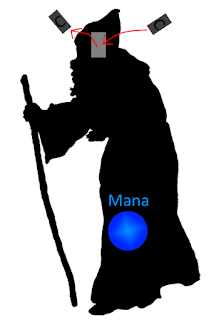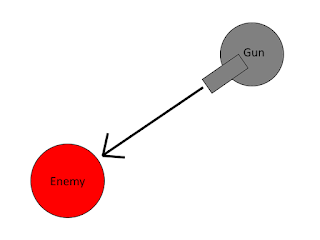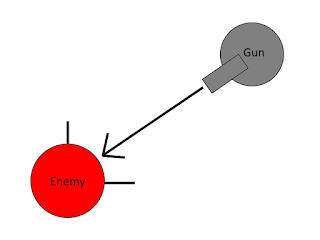 |
| Muscle Wizards are actually kind of a thing... |
 |
| *Mana not always located in the knees* |
 |
| Avoid having this happen |
---
Mechanical Analysis:
I believe this 'Unique' Concentration system was implemented due to the previous editions' buff mode. What I mean by that is previous editions didn't require Concentration for most buff spells (+AC, +Ability Score, etc) so most fights would start with the Wizard and Cleric buffing everyone to god status and fights would turn into a game of rocket tag (read as: everyone so crazy buffed that the first one to land an attack usually OH-KO's the other). Therefore Concentration was revised to make it so only one of the very useful buff/utility spells can be used at a time.
This change to Concentration makes it so casters can offer up a more unique answer to situations. Certain scenarios may call for Ability Score buffs or maybe something as simple as the ability to fly. With these scenarios smart players can feel like they always have an answer or a mechanic to add to the fight that will tilt things in their favor, but there-in also lies a drawback.
For Arcane casters they would have to go around and gather/memorize all these utility spells and for Divine casters they have to prep their spells ahead of time, so players may fight it difficult or annoying to plan for these situations unless the DM provides them with a pretty obvious clue about what's going to happen. The players have to be creative with the spells they have.
The other main drawback that many players express when looking at Concentration is that it seems too easy to break Concentration (hell, there's even a feat for doing exactly that called Mage Slayer). While I agree that is has become significantly easier to break Concentration, I think that it is a fair balance for casters. In previous editions past level 10 or so with straight casters (like Wizards) get incredibly strong, practically gods compared to the more martial way of fighting (ergo sharp/pointy/bludgeony things).
 |
| *Just a rough example, not a perfect demonstration* |
Lore Analysis:
In the end Concentration offers up a level of realism that would come with casting magic (I like to think that magic is similar to programming!). Imagine with me for a moment that you're a powerful Wizard and you wish to fly you and your allies up a cliff. Each turn you must mentally keep track of where your allies are in space so your spell can keep them aloft, as well as automatically moving everyone along with the world's rotation (lest your party suddenly become a Mach-1 bullet through the nearby village). That's a lot of math and variables to keep track of. So if you were up there in the sky doing advanced mathematics and some jerk blasts you in the chest with an arrow you may slip up with some of those numbers. And all of that example is just for the spell Fly.
As a DM it is a good exercise in imaginative thinking if you put yourself into the role of a Wizard and figure out why some of these spells have the Concentration tag attached to them. The answer could be as simple as applying an equal force in the exact opposite direction to the force being used in attempting to move (Hold Person); or as complex as stimulating every cell in another adventurer's body to induce a higher state of regeneration or enhancing the spine to increase reaction time and reflexes (Enhance Ability). Simple stuff, right?



